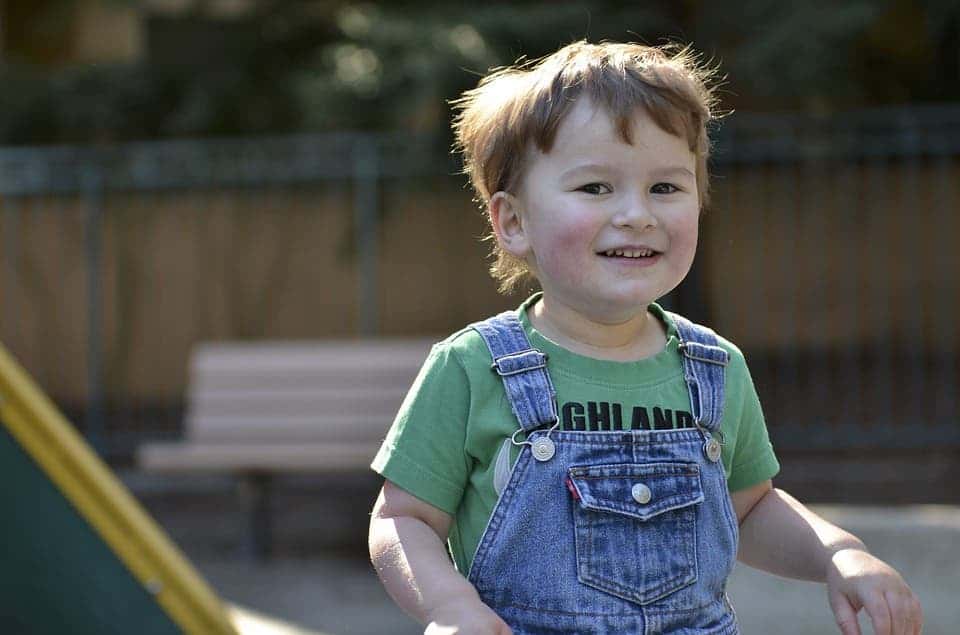Autism spectrum disorder (ASD) is a developmental disorder that mainly affects behavior and communication. The reason why it’s called a “spectrum” is that people with ASD can exhibit a range of symptoms. For instance, such individuals might have problems talking to other people or looking you in the eye when communicating. And as if the disorder wasn’t complicated enough, researchers now say that there may actually be three spectrums for autism.
The conclusion was made by a team of researchers led by Matthew Lerner, who is an associate professor of psychology, psychiatry, and pediatrics at Stony Brook University, New York. The authors analyzed the response to a 12-item questionnaire (Child and Adolescent Symptom Inventory-4R) by the parents of 3,825 individuals, ages 6 to 22. Among the participants, who were all suspected of some developmental disability or psychiatric issue, 1,043 were diagnosed with ASD.
By means of statistical analysis, the researchers wound up clustering the responses that appeared to go together. What they found was that ASD could be classed into three distinct spectrums, which are independent of one another: problems with social interactions, communication difficulties, and repetitive behaviors.
For instance, a parent might report that their child has difficulties socializing and playing with other children, but not that the child speaks in an odd way. The fact that communication problems and social deficits are related but distinct is countrary to current diagnostic criteria for ASD, where the two traits are merged.
“Based on comparison of 44 different models, results indicated that the ASD symptom phenotype is best conceptualized as multidimensional versus a categorical or categorical−dimensional hybrid construct. ASD symptoms were best characterized as falling along three dimensions (ie, social interaction, communication, and repetitive behavior) on the CASI-4R,” the authors concluded.
This clustering pattern is also true in other disorders such as attention deficit hyperactivity disorder (ADHD) and learning disabilities.
“We’re seeing that autism truly is dimensional,” Lerner told Spectrum News. “You can have two people who present really quite differently but are still experiencing autism.”
The authors say that although communication deficits obviously involve some social interaction, the two features should be grouped separately. Some disagree, however, arguing that the study’s findings are limited. One issue might be that the questionnaire used in the study is designed to detect only these three traits. The authors also did not include children in the general population.
The causes of ASD are not known, although research suggests that both genes and environment play important roles. More importantly, there is currently no single standard treatment for ASD. This is why this new study is important — if the new classification is validated, therapists will have to rethink the way they address ASD.
The findings appeared in the Journal of the American Academy of Child and Adolescent Psychiatry.










